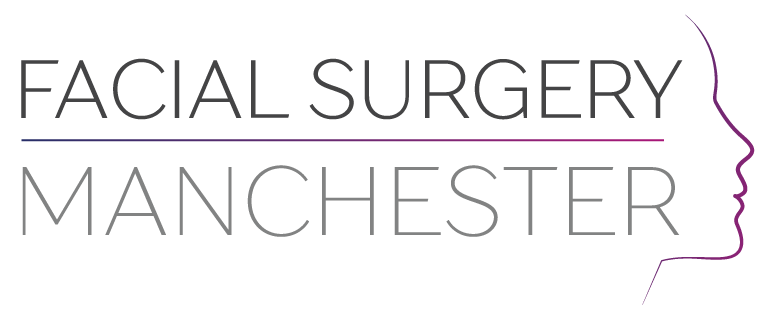
Lecture on craniofacial reconstruction at Etihad stadium
Posted in Uncategorised on 8th July 2016 by Liberonet-FacialAdminLiberonet-FacialAdmin.
3.12.15 It’s not the most common reason to attend the Etihad stadium – and the 130 attendees of doctors, nurses and dentists were in a comfortable conference room rather than the open stadium on a cold, bright December morning. This topic gives rise to a real mix of emotions when addressing both the distressing and rewarding journey dealing with complex facial defects and reconstructive surgery. I shared the podium with Prof Craig Barclay, professor of maxillofacial implantology with whom our Manchester team work in interdisciplinary fashion for patients who need both surgery and prosthetic solutions.
We decided to ‘tag wrestle’ the talk alternating between showing the latest stages of technology and surgery to update awareness of how we are using the latest technology in this area.
I ‘kicked off’ with methods of 3D computer planning – how we use virtual reality to select donor bone from the hip / leg / shoulder blade, reposition it to the facial bony defects. We then design a virtual 3D cutting guide for accurate bone cuts – which is then printed out with a special 3D printer to create a real cutting jig to use during the surgery.
We also now can create custom titanium fixation plates to fix the bone in place in it’s new position in the face and even have the titanium plates laser milled out of a block of titanium for a perfect custom fit.
Then Prof Barclay took over to show how, after successful transplantation of the custom-cut bone to the face (including preserving and plumbing in it’s isolated blood supply with microsurgical plumbing), he then rescans the patient and uses 3D computer planning to position titanium implants which will then be used to attach and secure prosthetic noses / eyes / ears and teeth as required for the patient.
We culminated by showing videos of a number of patients ‘talking to camera’ about the emotional rollercoaster of their treatment pathway, the impact on their families, quality of life and their outcomes. The session seemed to stimulate lots of interest in the question time. The subsequent coffee break allowed for more lively interaction as we discussed how primary and secondary sector healthcare professionals need to work closely together to support these patients.